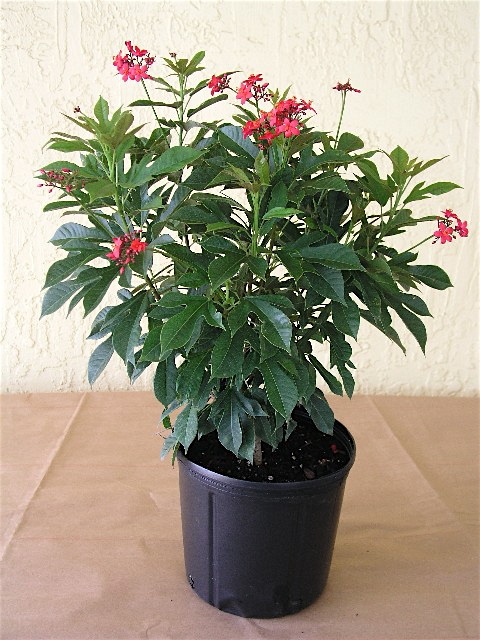Biodiesel bounty in rural India
On the hilly grasslands of the western state of
Maharashtra, near the village of Malegaon, Chindu and his tribe of some 40 men
and women busily plant jatropha saplings. The saplings are expected to bear seed
in three to four years, one of dozens of new biodiesel projects being planned by
private firms to feed India’s galloping energy needs.

Jatropha sold as ornamental in Florida
The glow from burning jatropha seed torches has often saved Maruti Chindu from treading on snakes, but now he carefully nurtures them for a use that he never imagined before — running cars and trucks.
On the hilly grasslands of the western state of Maharashtra, near the village of Malegaon, Chindu and his tribe of some 40 men and women busily plant jatropha saplings. The saplings are expected to bear seed in three to four years, one of dozens of new biodiesel projects being planned by private firms to feed India’s galloping energy needs.
Once the trees start bearing seeds, they will continue the yields for the next 30 years without a break.
“When electricity came to our village eight, 10 years ago, everybody just forgot about the jatropha trees,” said Chindu. “We could not believe our ears when people offered to pay us to cultivate jatropha trees on our lands.”
In anticipation of the rapidly evolving biofuels market, dozens of private firms are contracting villagers to grow the hardy, oil-rich plant in their mostly barren plots of land.
In the past, the tribes — who have suffered caste discrimination for years in India — would randomly pluck the fat, green seeds of the jatropha and set them on bamboo spikes to make torches. But now they treat the plant almost reverentially.
If this turns out to be more productive than some of the crops planned for biodiesel here in the U.S. — let’s see if Jatropha plantations might be safely managed in our southern climates!
Posted: Thu - November 2, 2006 at 10:30 AM